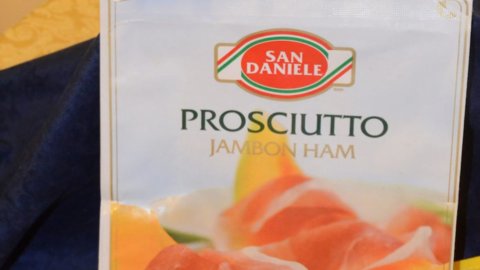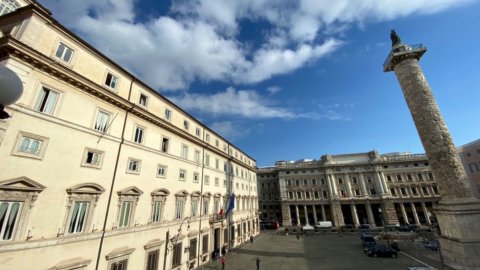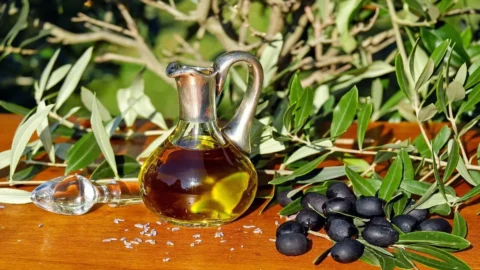The vote of the European Parliament on the CETA Agreement with Canada it opens up prospects of absolute interest for our country, as also underlined by the minister Carlo Calenda. The advantages for Italy will be numerous, especially on the market front agribusiness: from the access of sensitive products (starting with cheeses which will enjoy an additional quota), elimination of ad valorem duties on sugar or cocoa-based products, pasta and biscuits, fruit and vegetables and the elimination of tariffs and removal of other important tariff barriers for wines and spirits.
But the reduction of duties will also have an impact on important goods for our exports such as industrial machinery (up to 9,5%), furniture (up to 9,5%), footwear (up to 20%) and recognition (albeit with some differences in treatment) for 41 Italian IIGGs (out of a total of 171 European ones).
All this will have important repercussions in terms of growth and employment for our country if we consider that Italy was Canada's eighth supplier in 2015 with a bilateral trade volume of around 6 billion euros and +13% year-on-year export growth.
Parmesan yes but not Made in Italy
On the agri-food front, a study by Coldiretti summarizes the main effects of the agreement. According to reports from the association, Canada will continue to produce and sell the Parmesan cheese and will continue to produce and sell Gorgonzola, Asiago, Fontina but will have to add the indication Made in Canada.
Canada will be able to start producing and selling products not present before such as the "squacquerone di Romagna" but will have to add the term style or imitation. However, some hitherto excluded products will finally be able to enter the Canadian market, such as PDO Parma ham, which will have to coexist with the Canadian Parma Ham, registered trademark of Maple Leaf Foods. With regard to ham, in fact, the situation so far has been paradoxical: for several decades, Coldiretti continues, the denomination "has been usurped by the company Maple Leaf Foods, the largest Canadian food company, which has registered the "Parma" trademark and therefore can regularly commercialize it. The consequence is that the real PDO Parma ham cannot currently be sold in Canada but in order to still be present on that important market, the Italian product is marketed under the name "Original Ham", and on store shelves there is a deposit to the Canadian “Parma”, without being able to bear its real name”. From now on, if nothing else, there will be more transparency to protect the quality of the Italian product and its consumers.
The Italian trade balance is growing
In general, therefore, it is a positive agreement for Italian trade which, according to the data released today by Istat, recorded a surplus of 51,6 billion in 2016, the highest figure for 25 years, up by almost 10 billion compared to 41,8 billion in 2015. The non-energy balance surplus, on the other hand, amounted to 78 billion euros.
The balance of the balance with the EU countries in 2016 was equal to 11,698 billion, compared to the surplus of 8,585 billion recorded in 2015. In December, the surplus was 5,798 billion euros, compared to a surplus of 5,586 billion in same month of 2015.
In 2016, the most dynamic outlet markets were Japan (+9,6%), China and the Czech Republic (+6,4% both), Spain (+6,1%) and Germany (+3,8%) . Istat also reports the strong growth in the year of sales abroad of pharmaceutical, chemical-medicinal and botanical items (+6,8%), motor vehicles (+6,3%), means of transport, excluding motor vehicles (+ 4,6%) and food, beverages and tobacco (+4,2%). There was a sharp drop in purchases from Russia (-26,3%), as well as those of natural gas and crude oil (-28,5% and -20,4% respectively).





